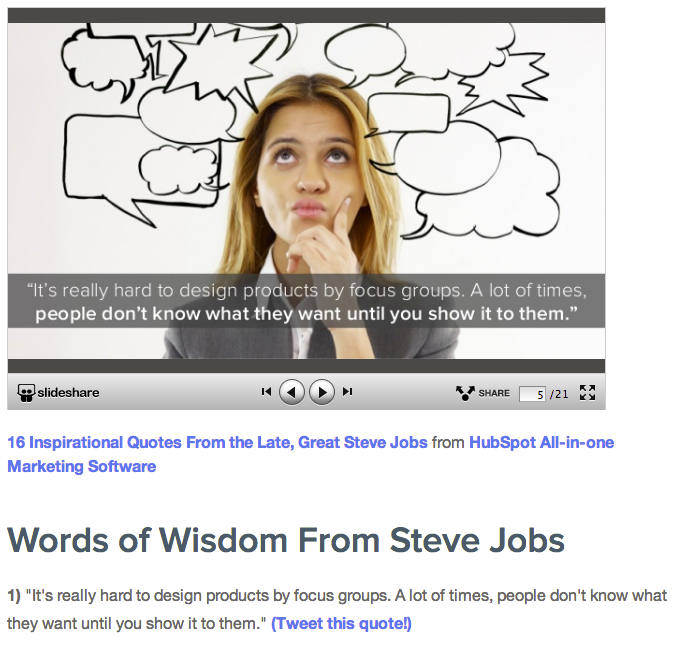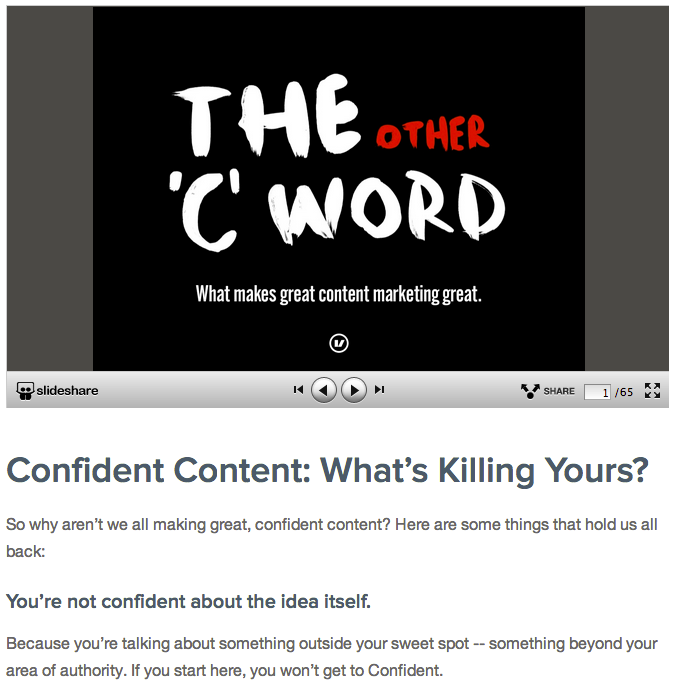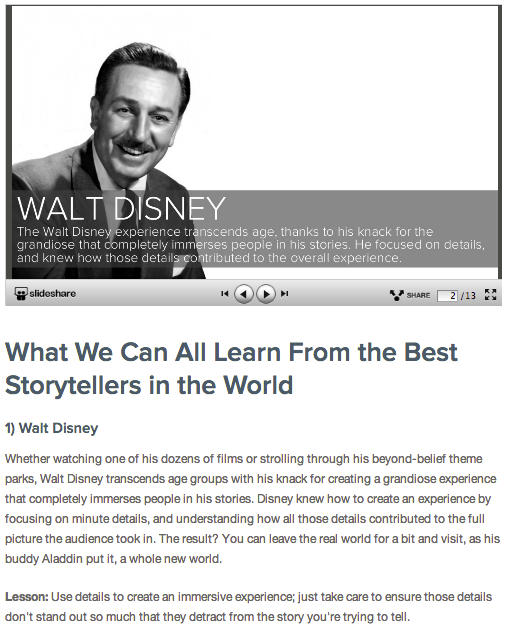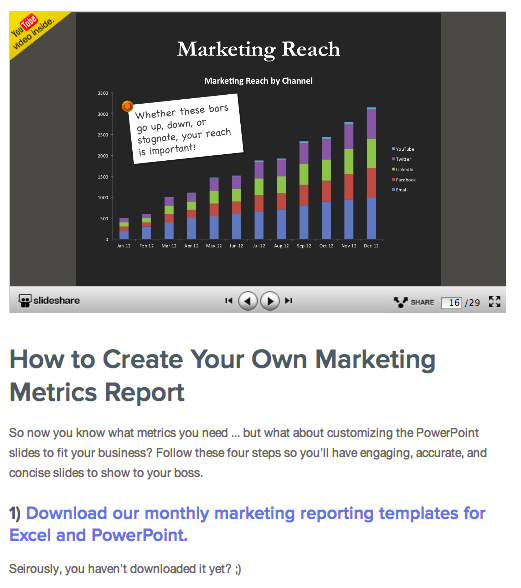Blitzmetrics » <b>Blog</b> Archive » <b>How to promote</b> a band for the cost of <b>...</b> |
| Blitzmetrics » <b>Blog</b> Archive » <b>How to promote</b> a band for the cost of <b>...</b> Posted: 16 Jan 2014 01:30 AM PST I try to help my friend's bands as much as possible here in Greenville, South Carolina. One of these bands is A Moment Electric (AME). They only started really focusing on their social presence in late December during their album release show. After a few days, their singer Justin had asked what Facebook ads they should run. I suggested he create an ad at $5 a day targeting locally within a 50 mile radius in the genres he felt they best fit in with and experiment until they found the engagement they were looking for. They fell for what many who are new to Facebook ads do: They went with boosting their post. What happened proved a real life example of why not to use Facebook's Boost function for promoting a post. From the above example, you can see the band promoted this post using "Boost Post". From the 24.7k people reached only 10 people chose to like the post and 1 person shared it. Only 30 users even chose to click through the post. Sure, you get a lot of impressions, at the cost of relevancy- This does you no good in the long run. Because of the lack of targeting options that boost provides more people from NYC and LA were served this post than locally in the bands home town where they promote their shows. After a few days of realizing no real gain in their ad spend they went with using the "Get More Page Likes" function and going with what I had suggested originally for the ads. Within a week their page likes went from less than 200 to over 480 and still climbing today.
There was a spike between the 29th and January 1st from paid likes. The ad stopped running on January 2nd and we see an influx of organic activity from shares and comments from user activity on the page. At peak, the ad was seen by 15.7k people right as the new year rung in. This soon resulted in more people at shows and more interest on the bands bandcamp. Previously AME had an average of 30 concert goers but on January 10th they had a reported turnout of 100 people. There's a large correlation between the dates that the Facebook ad ran and the increased views and listens on their Bandcamp account.
The band also saw a small increase in album download sales (which was virtually nonexistent before). The lesson to be learned here is that for less the cost of two twelve packs of beer ($25), you can increase your presence locally and make an impact to drive more views to your material. Doing so will gain more real life supporters of your band, attracting more fans to buy your music and come to your shows.
Commentscomments |
| How to Strategically <b>Promote</b> SlideShare Presentations on Your <b>Blog</b> Posted: 08 Oct 2013 08:00 AM PDT
For example, a few months ago, we wrote a blog post featuring a SlideShare of our favorite Steve Jobs quotes. While the meat of the story was in the SlideShare, we pulled out each quote and used a text call-to-action to get people to tweet the quote:
Note: If you're using this strategy, be sure that your SlideShare visuals are the most gorgeous they could ever be -- these 10 free tools can help. Strategy 2: Tee Up the Rest of Your PostThis strategy is a riff off the first: You let the SlideShare tell an engaging story on its own, and then you use that engaging story as a jumping off point for the rest of your post. This means you aren't duplicating content from your SlideShare into the body copy of your post, but rather using the SlideShare as a storytelling medium and then finishing the post in a text format. In a recent guest post, Doug Kessler, co-founder and creative director of Velocity, used this storytelling strategy. In the first part of 8 Ways You're Killing Your Content, he showcased his SlideShare 'The Other C Word,' then followed up with eight takeaways that had been inspired by the SlideShare. The result? A richer story than just plopping a SlideShare in post:
This is a great way to repurpose existing SlideShares you've already featured on your blog in another post. The hard part (meaning the design part) is already over, so you can focus on writing an engaging blog post to support the SlideShare. Strategy 3: Give Small Teasers of the Rest of the PostSometimes, what works best for your SlideShare audience might be different than what works for your blog audience. They might both like similar topics, but SlideShare users may like short-form, clickable content while your blog readers lap up long-form, textual content. In that case, you can use the SlideShare slides as teasers of the points you expand on in the rest of your post. For example, we put together a SlideShare and blog post about 10 of the World's Best Storytellers. Take a look at the SlideShare slide and accompanying bullet point below. The SlideShare basically tees up what's in the blog post, but the post takes the concepts a step further with the call-out lesson and enhanced descriptions of Walt Disney.
Strategy 4: Generate Sweet, Sweet LeadsAnd the one you've all been waiting for: the lead generation SlideShare and blog post combo. Lots of times, marketers have a really strict lead generation goal to hit ... so how can you justify spending time on a SlideShare? Well, by optimizing the slides and blog post for lead gen! Though there are lots of ways you can generate leads with SlideShare, one blog post and SlideShare combo that works really well for us is when the SlideShare features a template that you need to download on our own landing page and then people can follow along with some helpful instructions in an accompanying blog post. Sound kinda complex? Let me explain. Last week, we wanted to promote the launch of a revamped monthly marketing reporting template in a SlideShare and blog post. So, we decided to do this post: a SlideShare that featured the template and explained how you would use it, followed by specific steps that show you how to customize it for your own marketing in the accompanying blog post:
The result? More exposure of our template to SlideShare's audience and brand new leads in our funnel -- something my team was very excited to see! Depending on your content's goals, these strategies will change. One thing that won't? Having a strategy with every piece of content you create -- so make sure you're thinking big picture even while you're sourcing little ones for your SlideShares. These are just a few ways we've used SlideShare on our blog that have worked. How have you promoted a SlideShare presentation on your blog? Share your tips with us in the comments. Image credit: Let Me Google That For You |
| You are subscribed to email updates from how to promote blog - Google Blog Search To stop receiving these emails, you may unsubscribe now. | Email delivery powered by Google |
| Google Inc., 20 West Kinzie, Chicago IL USA 60610 | |
















No comments:
Post a Comment